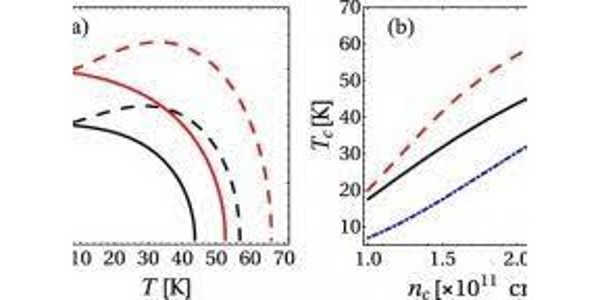A group of scientists has discovered how heavy, motorized objects climb steep slopes—a mechanism that also mimics how rock climbers navigate inclines. The findings, published in the journal Soft Matter, are the result of a series of experiments in which motorized objects were submerged in liquid and then moved up tilted surfaces.
“These’micro-swimmers’ is about 20 times heavier than the fluid they swim in, but they were able to climb steep, almost vertical slopes,” explains Jun Zhang, one of the paper’s authors and a professor of physics and mathematics at New York University’s Courant Institute of Mathematical Sciences and NYU Shanghai.
The research contributes to our understanding of ‘gravitaxis,’ or directional movement in response to gravity. Not only is the phenomenon important in engineering, but it is also important in medicine and pharmaceutical development. It explains how bacteria move through the body in part and provides insights into how to create more effective drug-delivery mechanisms.
A team of scientists has uncovered how heavy, motorized objects climb steep slopes—a newly discovered mechanism that also mimics how rock climbers navigate inclines.
Soft Matter researchers created swimmers, or nanorods, whose length is approximate 1/40th the width of a strand of human hair. These motorized swimmers had to move up an inclined surface while immersed in a liquid solution contained within a walled container. The swimmers were made of two metals: gold and rhodium, as well as gold and platinum, which resulted in unbalanced densities due to the varying weights of these metals.
Despite their considerable weight, the swimmers’ composition, liquid environment, and surface juxtaposition enabled them to move upward.

“These motors reorient themselves upward against gravity as a result of their density imbalance, much like a seesaw reorients itself in response to the movement and weight of its riders,” says Michael Shelley, a Courant Institute professor and director of the Flatiron Institute’s Center for Computational Biology. “A hydrodynamic effect amplifies this movement—swimming next to a wall produces a greater torque in repositioning the motors’ bodies upwards, which is important because the microscopic world is noisy—for the motor, it’s always two steps up and one step down—and the greater torque improves their ability to move vertically.”
Zhang, Shelley, and their colleagues previously discovered an effective method of the movement against currents using “nano-motors” in previous work published in Physical Review Letters. The new study expands on these findings by demonstrating how heavy objects can move up steeply inclined surfaces, opening the door to even more sophisticated maneuvers.
“Now that these micro-swimmers can climb very steep slopes against gravity,” Zhang says, “we can look forward to developing even more difficult assignments.” “In the future, advanced motors will be designed to reach specific locations and perform specific functions.”
















